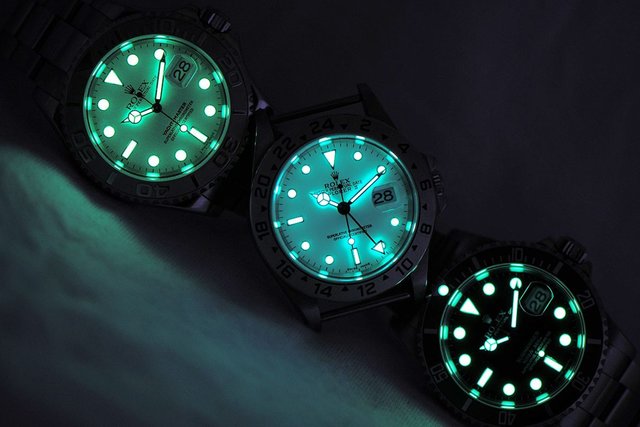Luminous Dials: What Makes Them Glow And How To Spot Their Differences

Luminous dials are a compromise. On the one hand, we would like to be able to tell the time in the dark without dropping a hundred large on a minute repeater. On the other hand we would also like our dials to age well, and inherent in the nature of many luminous materials, is that they will sooner or later dim to the point of uselessness. At that point, dials and hands are usually replaced if nocturnal legibility is desired – of course, do that to a vintage watch whose high value rests on originality of all parts, and you may have a watch you can read at night, but you will have destroyed its investment value.
The subject is one of the greatest interest to collectors and yet, there is still widespread misunderstanding of how luminous materials actually work. Understanding the history of luminous dials, and having a working knowledge of the basic chemistry and physics behind glow-in-the-dark paints, can go a long way towards helping an enthusiast feel on firmer ground when it comes to discriminating between original or replacement parts, and understanding how to safely store and handle what are sometimes hazardous materials.
What Makes Dials Glow
The ability of materials to glow in the dark is called phosphorescence, which is a special case of photoluminescence. Photoluminescence is the ability of some materials to emit light after exposure to light. Light is composed of energy packets known as...[button color="white" size="normal" alignment="center" rel="follow" openin="samewindow" url="https://www.hodinkee.com/articles/luminous-dials-what-makes-them-glow-and-how-to-spot-their-differences"]Continue Reading[/button]